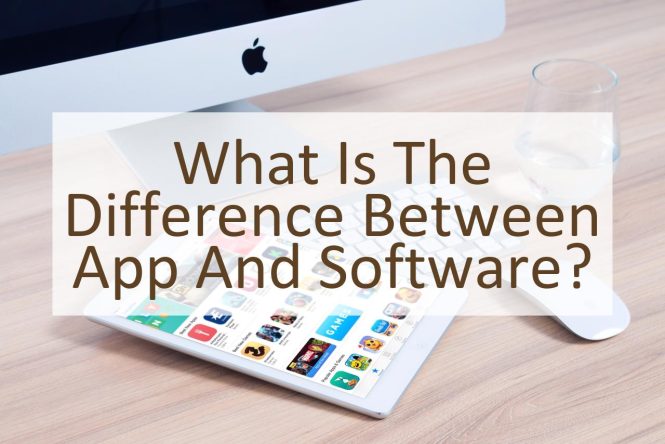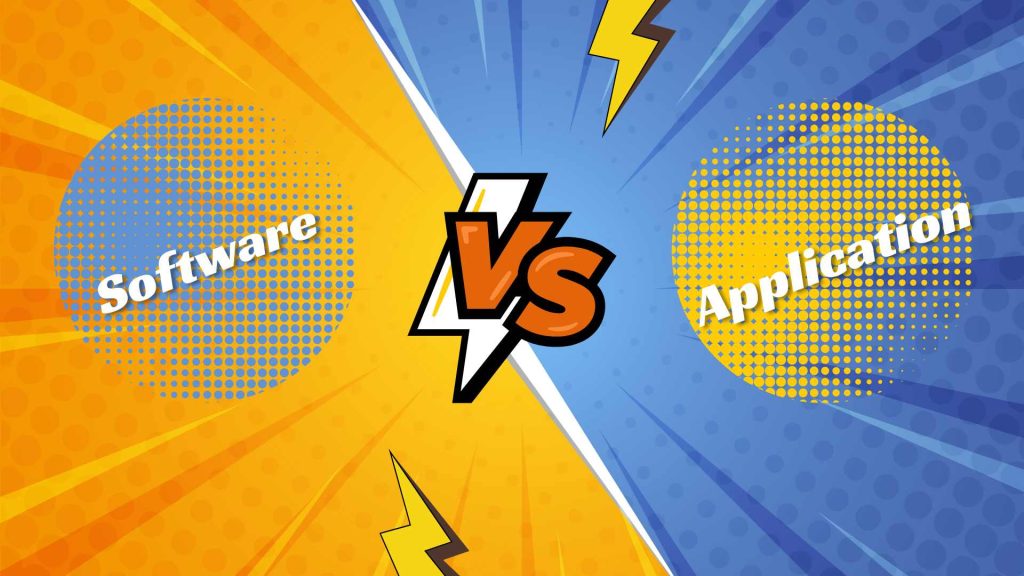

Are software and apps the same? The answer is a nuanced one, and understanding the subtle but significant distinctions between these two prevalent technology components is crucial in today’s digital landscape. Software, in its broad definition, encompasses a wide range of functionalities and is often the foundation upon which apps operate. Understanding the differences is paramount to making informed decisions in software selection and project development. This article delves into the similarities and differences between software and apps, exploring different types of software and apps, to help you navigate this aspect of technology. The structure will be as follows: first, we’ll examine the general definitions of software and apps. Then, we’ll delve deeper into the specifics of different types of software and apps and how these terms differ from each other. Finally, we will conclude by summarizing the key takeaways and how this knowledge can be practically applied.
Defining Software and Apps
Software: The Broad Category
Software, in its broadest sense, refers to any set of instructions or data that tells a computer what to do. This encompasses a vast array of programs, from operating systems that manage the computer’s hardware to complex applications that power business operations. Think of it as the foundational code that enables a computer or device to function. Software can be further categorized into various types, each serving a specific purpose.
Apps: Specialized Programs
An application, or app, is a specific type of software designed for a particular task or function, often related to a specific platform. These programs provide users with tools and functionalities to perform particular tasks, such as accessing information, creating content, or managing data. Examples range from mobile apps like social media platforms to desktop applications for content creation or data analysis. A crucial distinction lies in their targeted functionality and user interface.
Types of Software
System Software
System software is essential for managing the computer’s hardware and resources. It’s the invisible backbone that allows applications to run smoothly. Examples of system software include operating systems (like Windows, macOS, and Linux) and utility programs for tasks like disk management and file compression. These foundational components are critical for the smooth operation of all other software on the system.
Application Software
Application software, in contrast, is designed for specific user tasks. This broad category includes productivity software (like word processors, spreadsheets, and presentation software), design software (such as graphic design and video editing programs), and entertainment software (including games and media players). These applications are tailored to solve particular user needs and offer specialized functionalities.
Types of Apps
Mobile Apps
Mobile apps are software applications designed to run on mobile devices such as smartphones and tablets. These applications often leverage the unique functionalities of mobile devices like touch screens and mobile network connections, allowing users to access information and perform tasks on the go. Examples include social media apps, productivity apps, and entertainment apps. The ubiquity of mobile apps in modern life underscores their importance.
Desktop Apps
Desktop applications are software applications designed to run on personal computers. Often requiring more system resources, they are frequently used for complex tasks. Desktop apps are crucial for tasks like data analysis, content creation, and specialized work requiring high processing power and substantial graphical processing capabilities. Examples include graphic design software, video editing tools, and productivity suites designed for the desktop environment.
Understanding the Difference
Functionality and Scope
Software is a broader term that encompasses a multitude of functionalities, from managing hardware to executing specific tasks. Apps, on the other hand, are a subset of software—they are specialized programs built for particular functions and platforms.
User Interface and Experience
The user interface (UI) of apps is often more intuitive and user-friendly, tailored for mobile or desktop platforms. Software may have less user-friendly interfaces since they usually handle system-level functions requiring more technical expertise to operate.
Case Studies and Examples
Mobile App Example: Instagram
Instagram, a mobile app, falls under the broader category of application software. It is designed for social media interaction and content sharing specifically on mobile devices. Its interface is optimized for touchscreen interaction.
Desktop Software Example: Microsoft Office Suite
Microsoft Office, a collection of applications like Word, Excel, and PowerPoint, is considered application software. These programs cater to specific tasks such as word processing, spreadsheet creation, and presentation design, targeting a wide range of desktop users.
These examples illustrate the distinct roles and characteristics of software and apps in the realm of digital technology.
In conclusion, while software and apps share a close relationship, they aren’t exactly the same. Software encompasses a broader range of functionalities, from operating systems to complex applications. Apps, on the other hand, are specific programs designed for a particular task or function within a platform. Understanding these distinctions is crucial for effective technology selection and implementation. To gain a deeper understanding, consider exploring the many resources available online and the specific applications of these technologies in your field. This should equip you with the knowledge to navigate this digital landscape effectively.